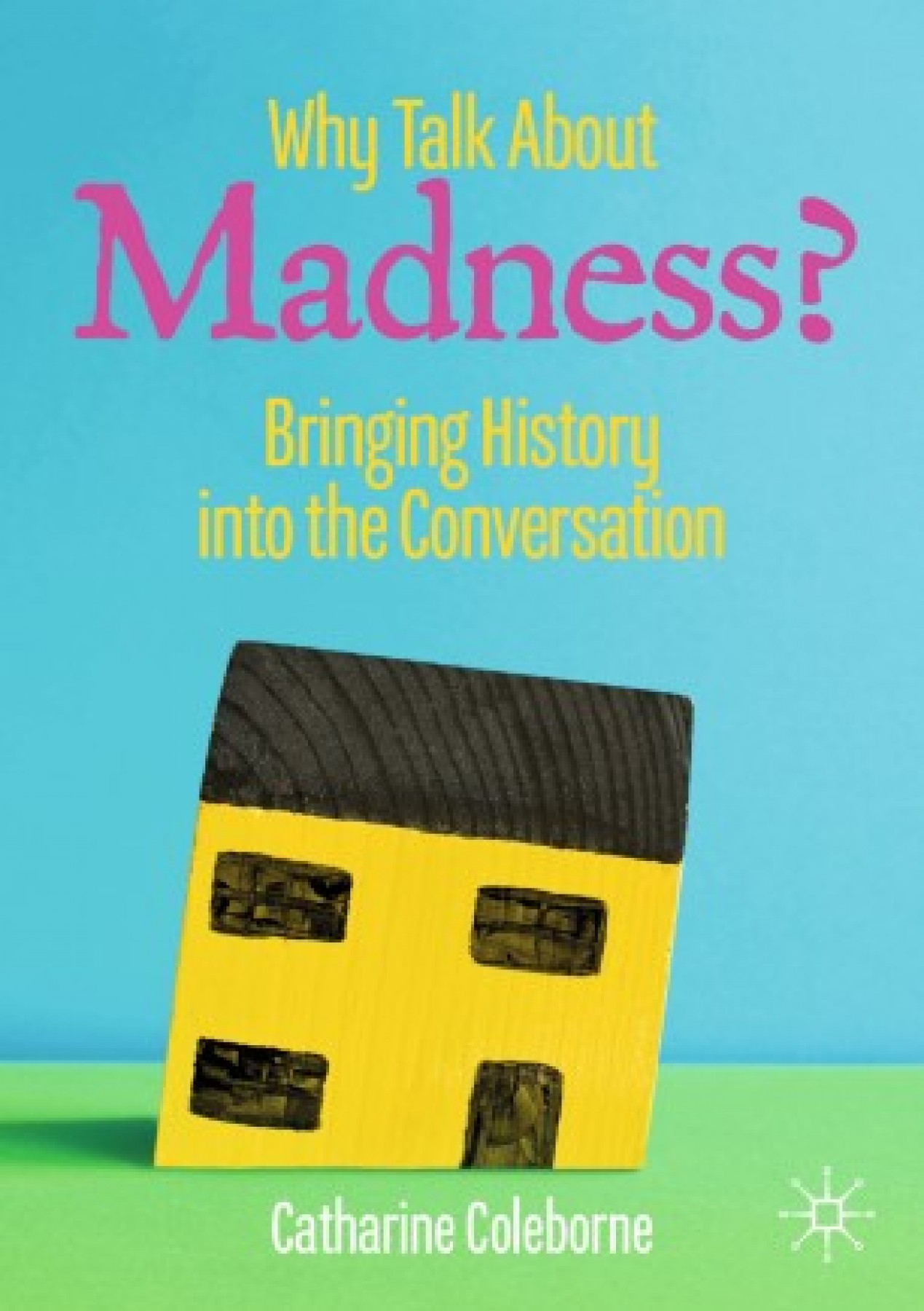“Madness”, or what might be recognised as “mental distress or illness” has been a much-debated concept and experience for centuries. It is relatable, it is common and it still has the power to elicit great intrigue, which goes some way in explaining how often it is depicted in art and popular culture.
Yet one thing many Western histories of “madness” in the 19th and 20th centuries often miss is the person: the person who has experienced it. It’s common for mental health histories in these eras to talk for or around the person experiencing madness, often using doctors, psychiatrists and asylum medical records as substitutes. This results in historians being unable to access the real viewpoints of people who have experienced madness and change the way that it is seen and talked about as a result.
Catharine Coleborne, an Australian-based historian, sees this gap in mental health history and addresses it in this book. She does this in several ways: by outlining the problem of silenced voices within people’s own mental health histories; by exploring the concept of the asylum, how it silenced people, and its social power and place; by exploring new methodologies of seeing madness that progressive historians and artists have used; by showing how madness was a construct which differed depending on your class, race and social standing; by highlighting the power of psychiatry across Britain and its colonies; and by showing how depictions of madness have changed over time and place.
This 70-page book covers a lot of ground but does so in a simple way, connecting mental health histories across Britain, Australia, Aotearoa New Zealand and Canada to show trends and interesting conclusions that have shaped the way we talk about madness today.
If you are after a quick historical run-down of how we moved from the old mental health institutions to mental health care today, this book is for you. If you are interested in new ways to uplift the voices of the many people who lived within mental health institutions across Britain and its colonies, this book will be helpful. It is a read informed by New Zealand’s first mental health commissioner Mary O’Hagan and holds quite a few examples from Aotearoa New Zealand and our diverse cultural landscape. Mostly, this book provides hope for un-silencing the voices of people who lived within mental health institutions in the 19th and 20th centuries, allowing historians to explore their perspectives and what we can learn from those perspectives today.
Reviewed by Danielle Whitburn, Team Lead Marketing and Communications at the Mental Health Foundation of New Zealand

